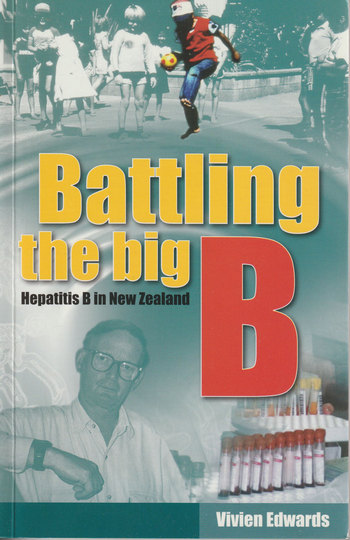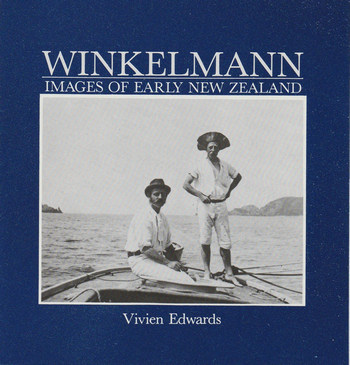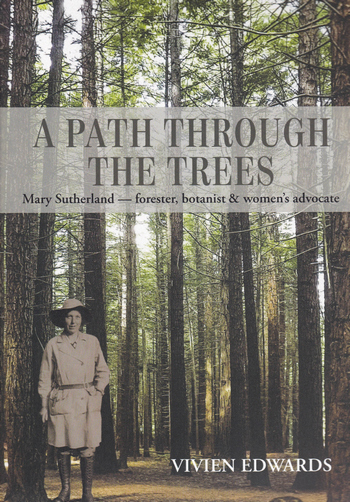A Path Through the Trees
‘A Path Through the Trees: Mary Sutherland – Forester, Botanist & Women’s Advocate’ (Writes Hill Press 2020). Assistance received from the Stout Trust and the New Zealand Institute of Forestry. Awarded the 2021 ARANZ (Archives and Records Association of New Zealand) Ian Wards Prize)
When seeing Mary Sutherland’s memorial plaque in the Redwood Forest at Whakarewarewa in 2009, Vivien wondered how a woman was employed by the New Zealand State Forest Service in 1923, when not a lot of women work in forestry today.
‘Mary Sutherland graduated from the University College of North Wales (now Bangor University) in 1916, and was the first woman forestry graduate in the world. In World War 1 she worked with a gang of women in Britain’s forests; on a Scottish Baronet’s estates; then with the developing British Forestry Commission. After losing her position due to the 1921 Geddes Economic report recommendations, Mary came to New Zealand in 1923 and was employed by the NZ State Forest Service. An educated woman with practical skills, created challenges for the men.
Following the 1932 Economic Commission report, Mary again lost her position. She forged a new career at the Dominion Museum, and became the botanist, managing the Botanical Department and its Herbarium, while collecting specimens for exhibits on field trips, and corresponding with botanists worldwide. During World War 2, she supervised at the YWCA-administered War Workers’ Hostel in Woburn, then after the war, she was appointed the Department of Agriculture’s first farm forestry officer. A conservationist, and lover of trees, Mary maintained her New Zealand Institute of Foresters membership for the rest of her life: she served on the NZIF Council in 1935-36, and was vice president during 1941-42. Interested in the world, Mary travelled. She was on various committees and the executive, of the Wellington Branch of the Federation of University Women. Proud of her university training, she believed all women deserved higher education. She died in 1955.



